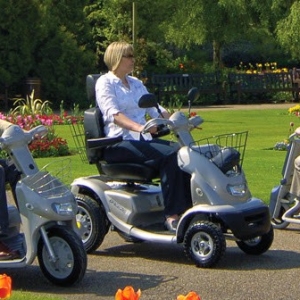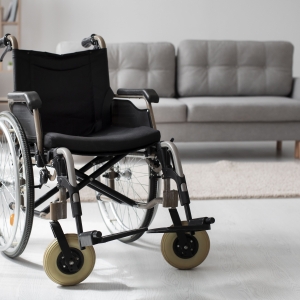Firstly, picking the suitable equipment is just the beginning. The crucial next step is adjusting the equipment to fit the user's home. Only when it's set up and in use can you tell if it's working well. This way, you ensure that the equipment supports independence effectively.
1. Understand the Individual's Needs:
- Start by looking at the person's mobility challenges. Is it a short-term issue or a long-term one?
- Talk to healthcare professionals like physiotherapists. They can give insights based on the person's abilities and goals.
- Pick the Right Device:
- Choose a device that fits the person's needs. Wheelchairs, scooters, walkers – there are many options.
- Think about where the device will be used. A powered scooter might be great for outdoors, while a manual wheelchair is good indoors.
- Make sure the device can be adjusted. People's needs change, so the equipment should adapt too.
- Focus on Comfort and Size:
- Check that the equipment fits well. Ill-fitting devices can be uncomfortable and cause health issues.
- Consider the weight capacity of the equipment. It should support the person safely.
4. Test and Try Before Buying:
- Before making a final decision, encourage the individual to test the mobility equipment. Many suppliers and healthcare facilities offer trial periods or demonstrations.
- Testing the equipment allows the person to get a feel for how it operates, ensuring it aligns with their comfort and usability preferences.
Keep in mind the person's feedback. Their thoughts and feelings about the equipment matter. Regular check-ins with healthcare professionals ensure the equipment stays right for them.




